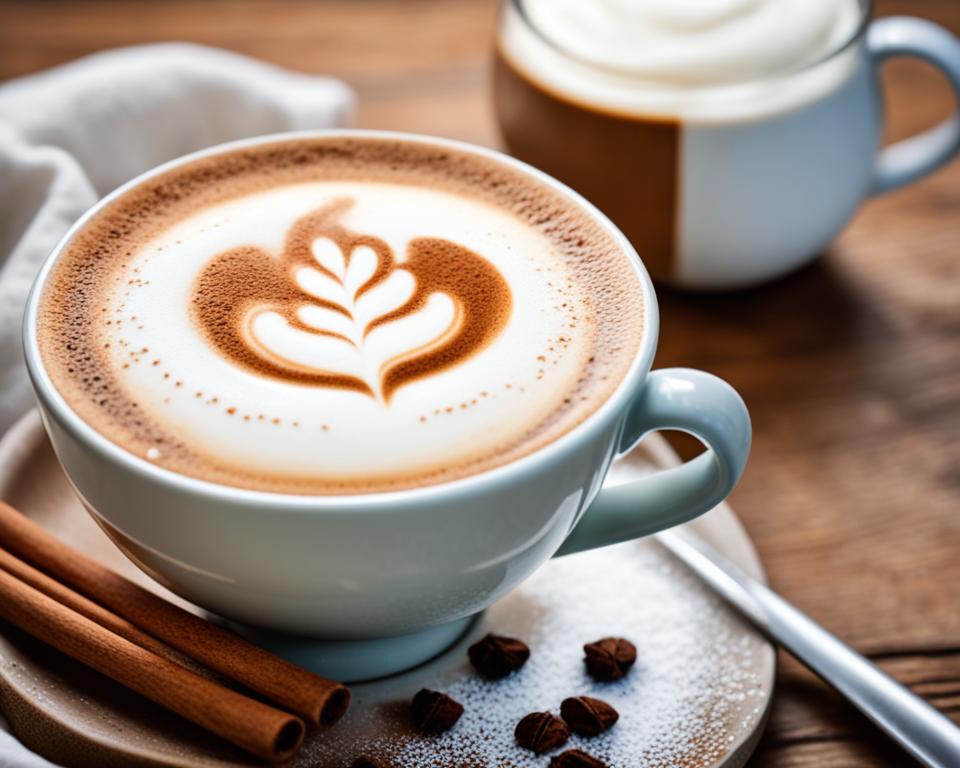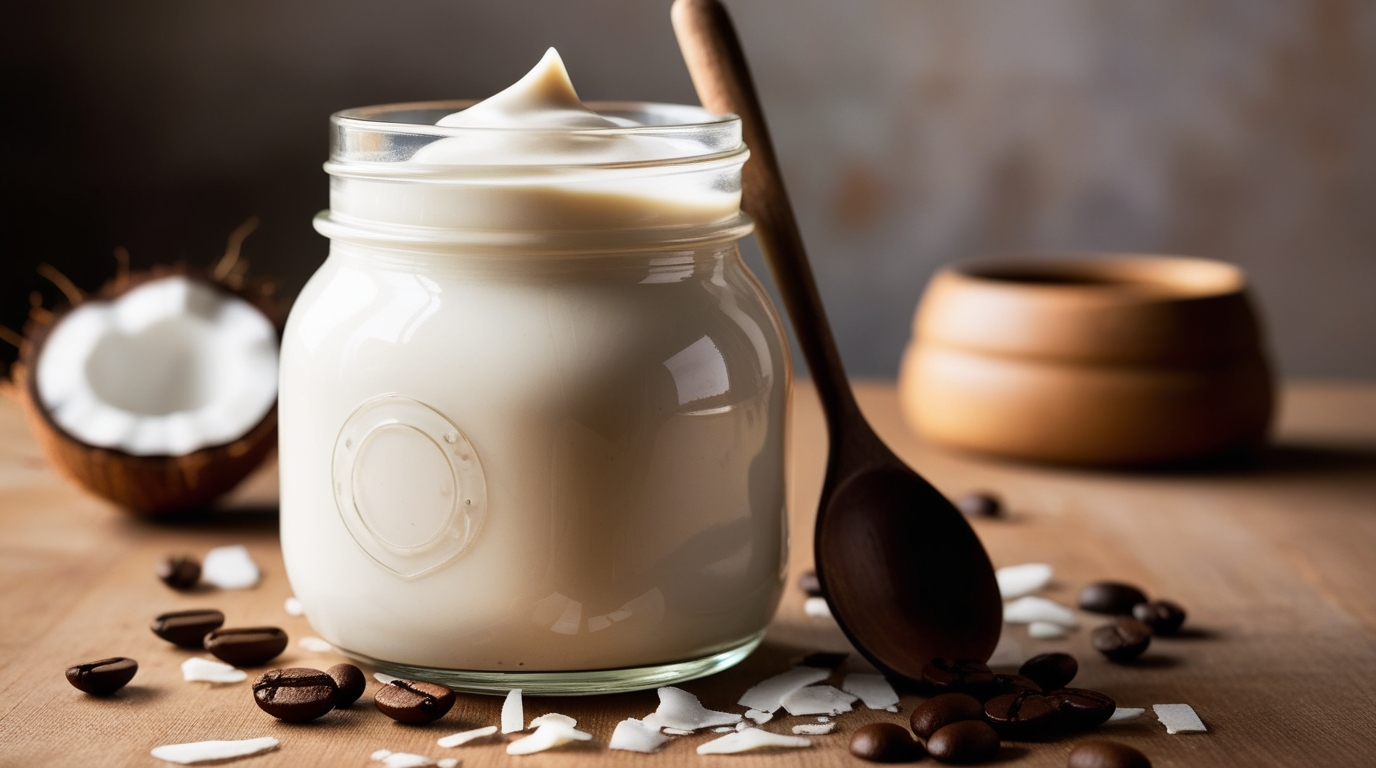There’s something magical about the smell of fresh coffee brewing in the morning. Imagine turning your kitchen into a cosy café, where the enticing aroma of a homemade cappuccino fills the air.
As a former barista, I’ve come to cherish the ritual of coffee preparation. With the right tools and a bit of practice, you too can craft a delightful espresso-based drink right at home.
Becoming a home barista invites a sense of accomplishment and joy. Remember the last time you savoured that perfect cappuccino in a café, wondering if you could ever recreate it?
Well, I can tell you it’s possible! There’s no need for complicated equipment or years of experience. Follow a simple cappuccino recipe, and the heartwarming experience of creating your favourite espresso-based drink can become a daily comfort.
Join me on this journey to brew the perfect homemade cappuccino. We’ll explore everything from choosing beans to mastering milk frothing.
Whether you’re a coffee enthusiast or just looking to enjoy a quality cappuccino in your kitchen, this guide will make the process enjoyable and straightforward. Welcome to the world of coffee preparation, where every sip tells a story.
Getting Started: Equipment You’ll Need
Before diving into cappuccino-making, it’s crucial to gather the right equipment. The right tools make all the difference between a mediocre cup and a masterpiece.
Let’s talk about the essentials and some optional gadgets that can elevate your coffee game.
Essential Tools
First and foremost, an espresso machine is non-negotiable. Brands like Breville and De’Longhi offer robust models that deliver consistent espresso shots. Pairing it with a reliable coffee grinder is key—freshly ground beans make the difference in flavor and aroma.
Don’t forget the milk frother to achieve that perfect frothy texture for your cappuccino. If space is a concern, look for a compact cappuccino maker that combines these functionalities.
Trust me, these kitchen appliances for coffee will make you feel like a true barista at home.
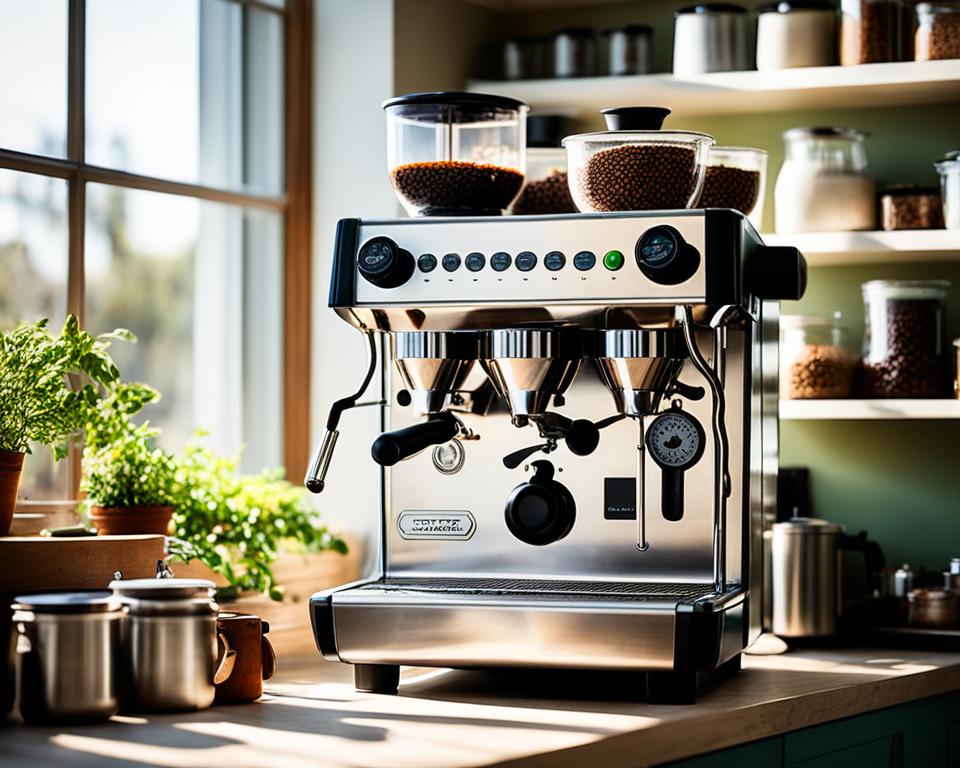
Optional Gadgets
While the essential tools will cover your basic needs, several gadgets can amplify your cappuccino experience.
Consider investing in a good-quality tamper for consistently packed coffee grounds. A stainless steel milk pitcher will make frothing easier and more efficient. Some coffee enthusiasts also recommend using a scale to measure your coffee and water precisely.
Brands like Nespresso offer accessories that are compatible with their espresso machines, enhancing your coffee-making experience even further.
So there you have it. With the combination of these essential tools and optional gadgets, you’ll be well on your way to making delicious cappuccinos.
Ready to start shopping for these kitchen appliances for coffee? Let’s get brewing!
Selecting the Right Coffee Beans
When it comes to coffee bean selection, it’s essential to pick beans that align with your taste preferences and brewing method.
The two main types you’ll encounter are Arabica and Robusta. So, what’s the difference?
Arabica beans are known for their smooth flavor and subtle aroma. On the other hand, Robusta beans offer a stronger, more bitter taste with higher caffeine content.
I often find myself leaning towards Arabica for its sweetness, but if you’re making espresso for a cappuccino, you might prefer the robust kick of Robusta.
Fresh coffee beans are crucial for a great brew. Always check the roast date when purchasing. Beans from reputable sources like Intelligentsia and Blue Bottle Coffee ensure high quality and freshness.
It’s a delightful experience to open a bag of beans freshly roasted just days ago!
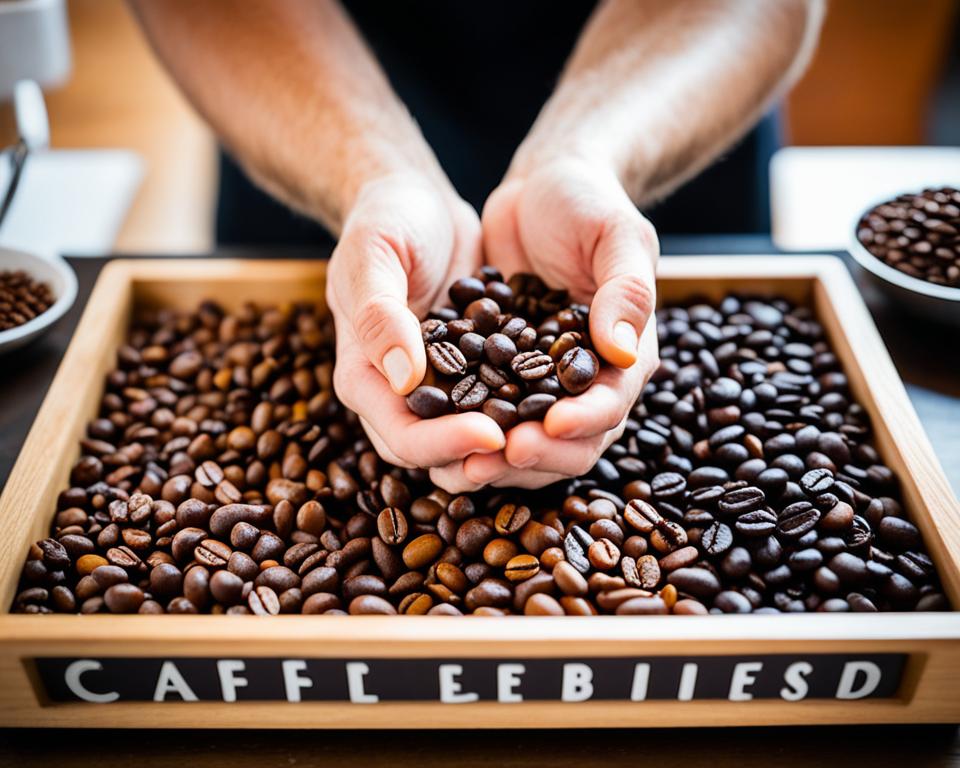
Now, let’s talk about roast profiles. Light roasts retain more of the bean’s natural flavors, while dark roasts bring out a bolder taste.
For a cappuccino, I recommend experimenting with medium to dark roast profiles to achieve a rich, balanced flavor. Ever tried a medium roast with a hint of chocolate? It’s divine!
Your ideal coffee bean selection will depend on your flavor preference and how much spark you want in your morning cup. By understanding Arabica vs. Robusta and paying attention to roast profiles, you can elevate your homemade cappuccino experience. Happy brewing!
How to Make a Cappuccino: Step-by-Step Guide
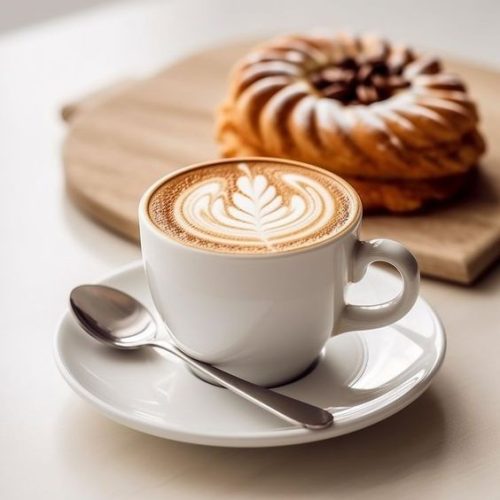
Homemade Cappuccino
Ingredients
- 1 shot 1 ounce of espresso
- 1 cup of milk whole, skim, or your preferred milk
- Sweeteners or syrups optional
Instructions
- Grind Your Coffee Beans: Use a burr grinder to grind your coffee beans to a fine texture, similar to powdered sugar.
- Brew the Espresso: Load your portafilter with the freshly ground coffee, tamp it down evenly, and lock it into your espresso machine. Brew the espresso, aiming for a 25–30 second extraction time.
- Froth the Milk: Pour cold milk into a stainless steel pitcher. Use the steam wand on your espresso machine, positioning the nozzle just below the surface to create microfoam. The milk should be silky smooth with no large bubbles.
- Combine the ingredients: Pour the freshly brewed espresso into a pre-warmed cup. Gently add the frothed milk, aiming for a 1:1:1 ratio of espresso, steamed milk, and foam.
- Customize (optional): Add sweeteners or syrups like vanilla or caramel to taste. For an extra touch, sprinkle a bit of cinnamon or cocoa powder on top.
Notes
Making a cappuccino at home may seem intimidating, but with a few detailed steps, anyone can master it.
Let’s break down the process from grinding coffee to creating beautiful latte art.
Grind Your Coffee Beans
The journey to an excellent cappuccino begins with grinding coffee beans. A fine grind is essential for optimum espresso extraction.
Aim for a texture similar to that of powdered sugar. Using a burr grinder, such as a Baratza Encore, ensures uniformity in the grind size.
Brewing the Espresso
Next, brew the espresso. Load your portafilter with the freshly ground coffee, tamp it down evenly, and lock it into your espresso machine.
Begin the extraction process; a shot should typically take 25–30 seconds. The goal is a rich, aromatic espresso.
Frothing the Milk
Achieving the right milk texture is critical for a cappuccino. Pour cold milk into a pitcher and use the steam wand on your machine.
Position the nozzle just below the surface to create microfoam. The milk should be silky smooth with no large bubbles.
Combining the Ingredients
Pour the freshly brewed espresso into a pre-warmed cup. Gently add the frothed milk, aiming for a 1:1:1 ratio of espresso, steamed milk, and foam.
To add a personal touch, try your hand at latté art. Pouring milk in a slow, controlled manner can create stunning designs.
By following these steps, you can create a delicious homemade cappuccino. Whether you enjoy the process of grinding coffee, nailing the espresso extraction, perfecting your milk texture, or experimenting with latte art, each step adds to the enjoyment.
Perfecting Your Coffee-to-Milk Ratio
Finding the ideal balance of coffee strength and milk volume is essential for a perfectly balanced cappuccino.
It’s all about experimenting to find your personal taste preference. Do you enjoy a stronger coffee kick or a creamier texture? Adjusting the ratio lets you personalize your cappuccino.
Typically, a cappuccino consists of equal parts espresso, steamed milk, and milk foam, but the strength can vary.
You might prefer two shots of espresso for a bolder flavor or balance it with extra milk to create a milder taste. Remember, the milk volume directly affects the overall taste and feel of your cappuccino.
- Experiment: Try different combinations of coffee strength and milk volume to find what suits your taste preference.
- Adjust Gradually: Make small changes to the amount of coffee or milk until you find the perfect balance.
- Consistency: Once you discover your ideal ratio, stick with it for consistently great cappuccinos.
Whether you prefer a strong espresso punch or a smoother, creamier drink, mastering the coffee-to-milk ratio ensures every sip of your cappuccino is a delightful experience.
Adding Flavor and Personal Touches
Finding that perfect cappuccino flavor is part of the joy of being your own home barista. Let’s explore some delightful ways to customize your coffee and make each cup a unique masterpiece.
Sweeteners and Syrups
Simplifying the sweetness of your cappuccino can make a world of difference. Consider adding gourmet syrups from brands like Monin or Torani.
They offer a variety of options, from classic vanilla to exotic caramel. Do you prefer your coffee on the sweeter side? Experimenting with different sweeteners might be just what you need.
Spices and Toppings
For those who like their cappuccino with a twist, seasonal spices might be the answer. Adding a dash of cinnamon or nutmeg can turn an ordinary coffee into a festive treat. Seasonal spices not only change the flavor but also add an aromatic delight.
Try sprinkling a bit on top along with some whipped cream or chocolate shavings for that extra touch.
Wondering what combination works best? Think of cappuccino flavors you’ve enjoyed at your favorite coffee shops and bring them home.
Customizing coffee with your favorite toppings and discovering new ones makes the experience even more enjoyable.
Troubleshooting Common Issues
Every home barista faces their share of coffee troubleshooting. Let’s tackle some common cappuccino problems that can make or break your morning brew.
Bitter Taste
A frequent complaint in espresso-based drinks is bitterness. This can be a result of over-extraction. To fix this, ensure your grind size is optimal for your machine—aim for a consistency akin to fine sand.
Additionally, check your extraction time; a shot between 25 and 30 seconds generally yields the best flavor.
Too Much Froth
Struggling with excess milk froth in your cappuccino? The key to mastering milk froth techniques lies in temperature and steaming duration.
Maintain the temperature around 150°F to get that perfect, velvety texture. Too much steaming introduces too much air, leading to an overflow of foam.
Remember, tackling these cappuccino problems will make your journey as a home barista more enjoyable and productive. Don’t get discouraged—each effort brings you closer to perfection.
Conclusion
We’ve reached the end of our cappuccino journey together, and I hope you’re as excited as I am to elevate your home barista skills.
Crafting a delicious homemade cappuccino is not just about the end product but the entire experience, from selecting the right equipment and coffee beans to perfecting your coffee-to-milk ratio.
Remember, each step in the process, from grinding the beans to frothing the milk, offers an opportunity to experiment and discover what works best for you.
The joy of making a cappuccino at home lies in these small nuances and the personal touches that make each cup unique.
By embracing these techniques, you can achieve cappuccino perfection in your own kitchen.
Your coffee journey doesn’t end here. Continue exploring new flavors, adjusting ratios, and troubleshooting any issues that arise.
The satisfaction of enjoying a homemade cappuccino, tailored to your taste, is worth the effort. Keep experimenting and enjoying the rich, creamy delight that comes from mastering your cappuccino craft.

